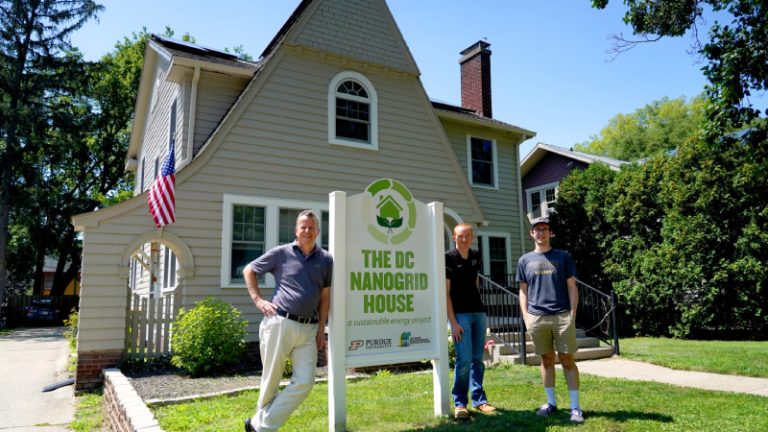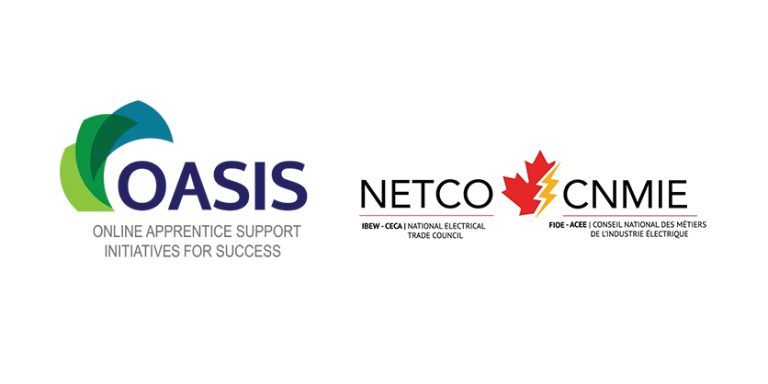IoT Enabled Smart Buildings & Data Driven Insights with Enlighted CEO, Stefan Schwab

March 1, 2023
By Blake Marchand
Enlighted is a Siemens company that focuses on the optimization of everyday spaces in the built environment. They operate in the smart building space, providing solutions for sustainabilty, space intelligence, and workplace essentials. Enlighted is a global company headquarted in California, along with their Canadian office in Kitchener, Ontario, they also have offices the UK, Germany, and India.
CEO Stefan Schwab joined Enlighted in 2018 after spending time as Execuative GM for Siemens Building Technologies in Austrailia and New Zealand. In the below Q&A, Stefan provides insight into his perspective on IoT enabled smart buildings and the ways in which Enlighted helps clients get the most out of their buildings. He touches on how real-time data impacts the employee experience and improves business decisions, how IoT can help meet sustainability targets, and if there is a missing piece to growing adoption of sustainable building technologies.

Can you give some practical examples on how real-time data enhances the employee experience and uncovers interactions between people and spaces for improved business decisions?
One of the biggest challenges today across industries is how to make informed, strategic decisions about space expenditures—based on data and emerging trends, while moving towards carbon net zero and assuring occupant satisfaction. The advantage of an IoT enabled building is that activities within the buildings contribute to massive amounts of data and insights to help inform the right business decisions to provide spaces to drive efficiencies and enable your occupants the most productive.
Real-time building data allows companies to see which spaces are being used most often, what traffic patterns exist across floors, and which areas are most attractive to occupants. Analyzing this data makes it possible to understand how much space is needed to conduct day-to-day operations and optimize office spaces accordingly.
Real-time data shines a light on occupant behaviors, revealing things like whether conference rooms are being used for meetings or as quiet zones for deep work by individuals and what type of space is in the most demand. If a specific department requests additional space, the data can confirm whether or not that expansion is truly necessary or whether simply reorganizing the space will achieve the desired result.
How do IoT enabled Smart Buildings present real and near-term opportunities for real estate owners, corporate executives, and the public sector to use data from the key areas of occupancy, assets, and efficiency to better understand their buildings and how they can mitigate climate change which creates the ultimate smart building?
Buildings generate nearly 50% of all annual global CO2 emissions, and building operations are responsible for 27% of that figure. We are starting to see C-suite executives and sustainability experts recognize the ways in which our built environment contributes to climate change. Smart building technology driven data enables real estate owners, corporate executives, and the public sector to understand how their buildings can be adapted to fight climate change rather than fuel it.
Specifically, smart lighting sensors paired with an IoT platform and software for occupancy-based lighting and temperature control — can provide a means to measurably reduce energy, which is used toward achieving ESG goals. Data collected as part of this process is further used to track and validate progress.
An IoT enabled smart lighting control system provides the data foundation that can result in a more sustainable building. When we know how our buildings are being used, when, and by whom, we can make smarter decisions on how to manage lighting, HVAC, and other energy-consuming activities. Using these insights, facilities managers can make adjustments to maximize savings and meet ambitious goals for emissions reductions without jeopardizing occupant wellbeing.
What are some examples of how IoT technologies can help buildings meet sustainability targets?
As companies increase their focus on sustainability, IoT solutions for lighting and heating can help to optimize office environments and meet energy efficiency goals. Lights and HVAC are too often on more than they need to be, wasting energy in the process.
IoT technologies can reduce energy consumption from lighting by up to 75 percent and from HVAC by up to 35 percent. Lighting sensors continuously analyze their environment, providing exactly how much light is necessary to maintain adequate brightness for time of day and activity. Automated HVAC solutions follow a similar approach, emitting only enough heat or cool air to maintain the desired temperature. Over time, these adjustments add up to significant savings — in terms of both costs and CO2 emissions.
What is required to capitalize on the market for IoT enabled smart buildings in Canada from your perspective, and realize the potential for buildings as part of the electrification landscape?
We see tremendous opportunity to support Canadian business and their IoT transition to more efficiency, productivity and to reach their net zero/sustainability goals. Enlighted opened an office in October 2022 in Kitchener to focus on engineering development and support the region. We look at retrofitting buildings as a tremendous opportunity around the world.
IoT technology can easily be retrofitted into existing buildings; no company needs to start from scratch. Most IoT platforms today are cloud-based, meaning they can provide a central data store with visibility across building campuses. A manufacturing company used Enlighted’s IoT technologies to retrofit their lighting and reduce energy consumption, turning a $70,000 investment in improving their infrastructure into savings of more than 100,000 kilowatt hours per year. Executives can see massive-long term returns on investment in terms of cost savings and more importantly CO2 savings when they’re willing to be bold leaders.
Are there any missing pieces to growing adoption for the smart buildings in Canada?
For me, the missing piece is mindset. According to Special Reports, it could cost Canada $70 billion a year to meet its net zero commitments. When we approach these problems from the top-down with such an intimidating figure, it can be difficult to justify individual retrofits that will only move the needle on a highly localized level. And we all have a part to play in this effort to reduce emissions.
By making our buildings more efficient, we can make a significant dent in global carbon emissions — even if we have to do so one building at a time.
Is there anything else you would like to add with respect to Enlighted, your solutions, or your perspective on smart buildings in general?
IoT and smart building solutions are delivering tangible business and environmental results right now. Buildings that have installed Enlighted technologies have seen reductions in energy spend of 65–940% while simultaneously making life more comfortable and more efficient for building occupants. We all have room to improve with regard to energy efficiency, and we look forward to making a difference in Canada toward a more sustainable future across all industries — education, healthcare, technology, real estate, retail, government, office spaces, and more.
Go HERE for more information on Enlighted










![Guide to the Canadian Electrical Code, Part 1[i], 26th Edition – A Road Map: Section 10 – Grounding and Bonding](https://electricalindustry.ca/wp-content/uploads/2022/11/Guide-CE-Code-2.png)





